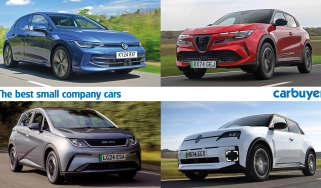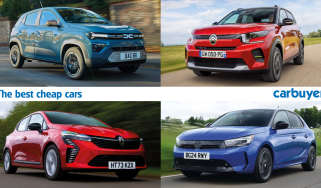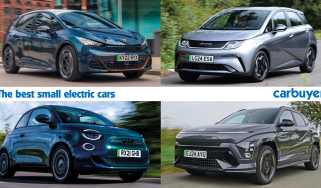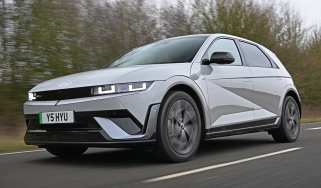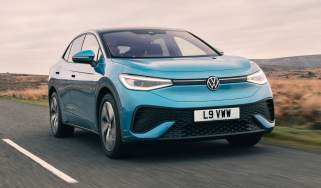BYD Dolphin review - Range, charging & running costs
“More expensive rivals charge faster, but you can’t scoff at the BYD Dolphin’s range – not at this price”
Prices may have risen ever so slightly since the BYD Dolphin’s specs were first announced in June 2023, but the car still undercuts all of its main rivals; few would argue against its shining value-for-money credentials.
Base Active cars with the 45kWh battery get a range of up to 211 miles, while Boost models fitted with the same battery but more powerful motor can get 195 miles on a charge. Step up to Comfort or Design spec and you get a larger 60kWh battery, which BYD says will manage up to 265 miles – more than enough for most buyers, we suspect.
The BYD Dolphin is efficient, too. In our experience – admittedly in warm weather down in central Spain – the electric supermini returned around 4mi/kWh. However, this included plenty of faster mountain roads, as well as longer motorway stints; we reckon more than 5mi/kWh would be possible in normal driving, particularly around town.
Topping up the batteries is pretty straightforward, too. Those who can charge at home will be able to replenish the cells overnight, while rapid charging from 30 to 80% in the 60kWh models is possible in 29 minutes, while it’s one minute quicker for the 45kWh battery versions according to BYD – that’s because Dolphins with the big battery can charge at up to 88kW, while the smaller battery cars max out at 60kW. For reference, the Peugeot E-208, Vauxhall Corsa Electric, Citroen e-C4 and Fiat 600e can all charge at up to 100kW.
More reviews
In-depth reviews
The Dolphin’s charging port is on its front wing behind the driver’s side wheel, so it makes sense to park nose-first in most rapid charging bays. The Dolphin also gets a heat pump as standard, which is handy for conditioning the battery for optimal operating temperatures in wintry conditions, preserving range.
As with all electric cars, the BYD Dolphin is currently exempt from low-emission zones like London's ULEZ, although as of 25th December 2025 EVs will no longer be exempt from the London Congestion Charge, while its low list price will protect it from the luxury car tax that will soon apply to all cars over £40,000, including EVs.
EVs will also no longer be exempt from VED (road tax) from 2025 and will have to pay the standard rate like other cars.
|
Model |
Battery size |
Range |
|
Active |
45kWh |
211 miles |
|
Boost |
45kWh |
193 miles |
|
Comfort, Design |
60kWh |
265 miles |
Insurance
The BYD Dolphin Comfort and Design models sit in insurance group 33, which seems quite high for a car of its supermini-size, but electric cars do tend to cost more to insure. Active and Boost models are yet to get confirmed insurance groupings, but they will likely be cheaper to insure given their smaller battery and lower power figures. For context, the Vauxhall Corsa Electric and Peugeot E-208 sit between groups 26 to 28 and even the slightly larger MG4 spans groups 27 to 29, aside from the hot XPower model in group 40 out of 50.


